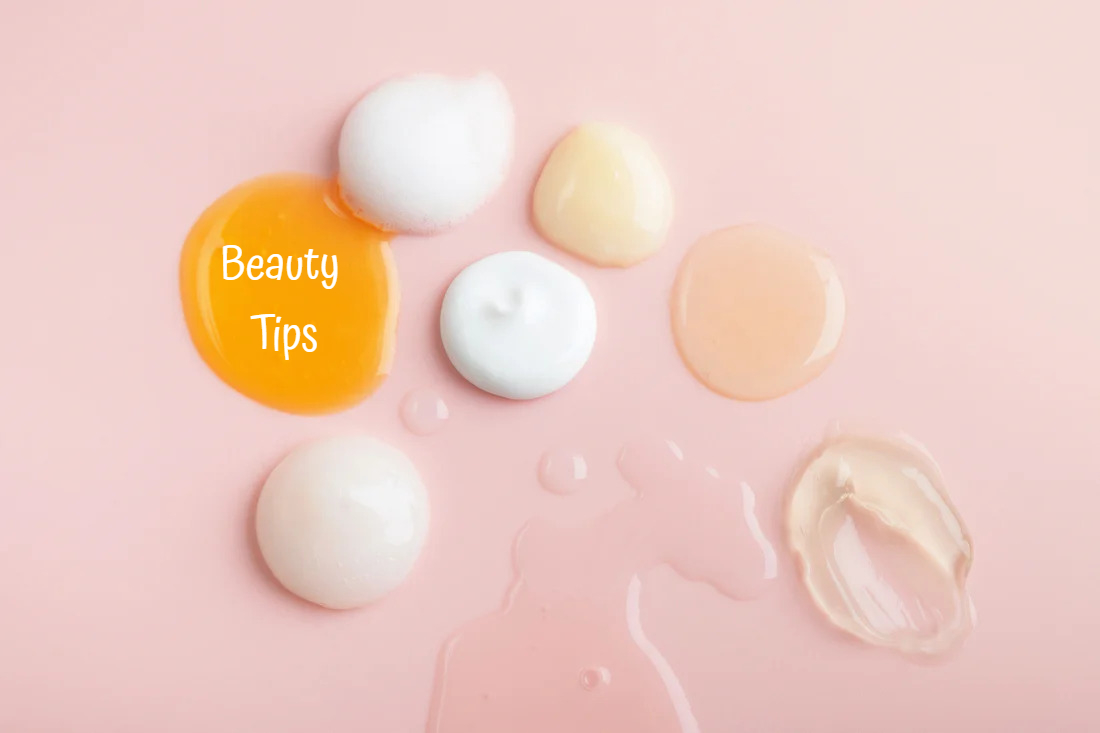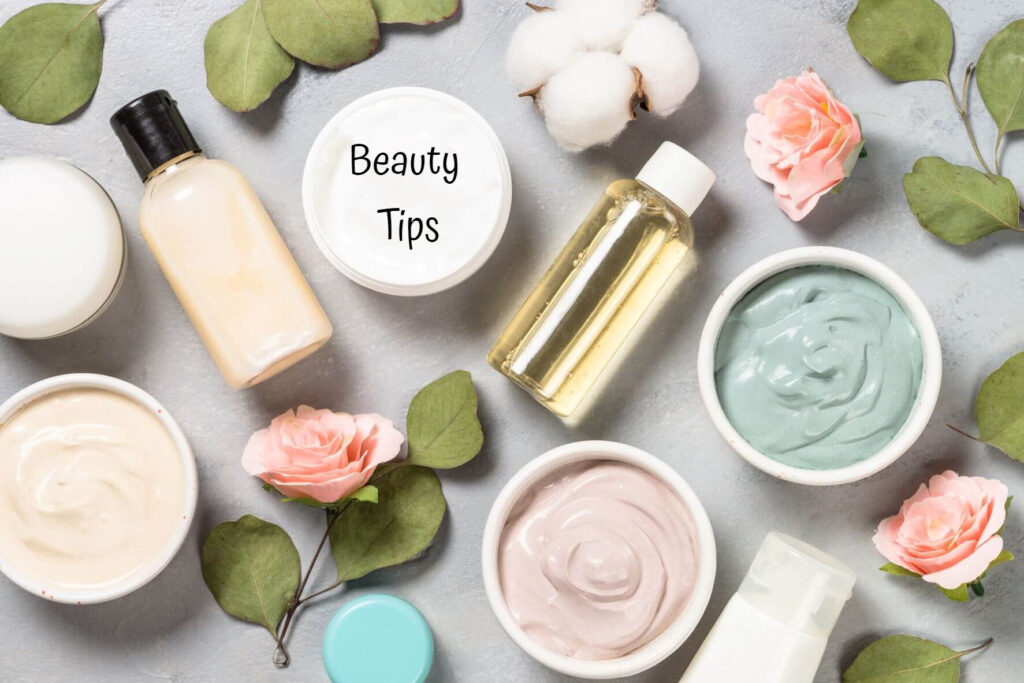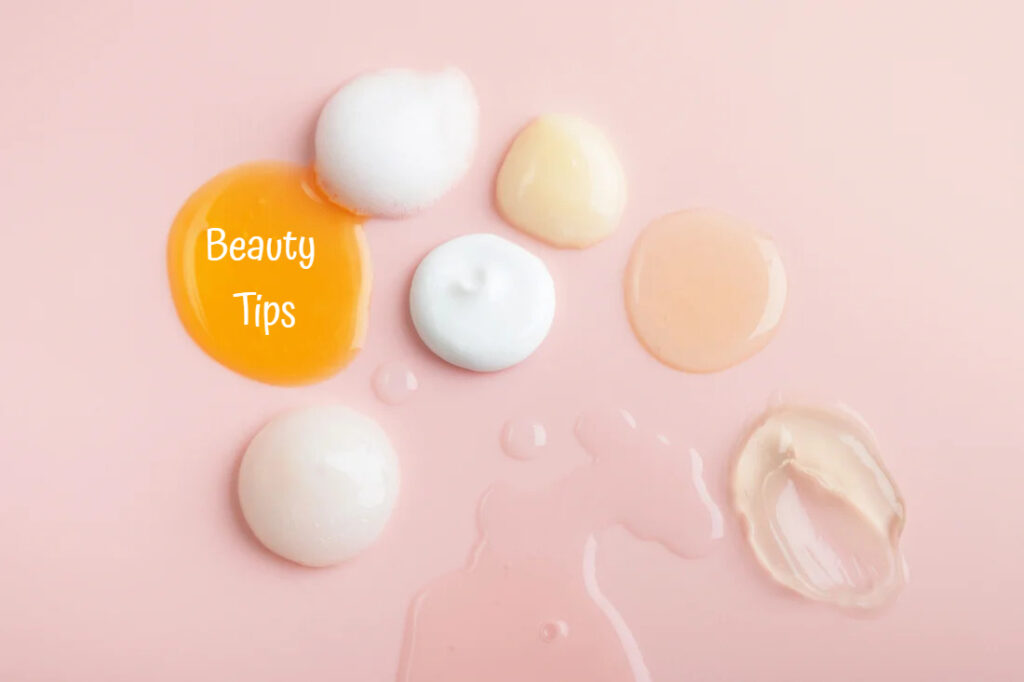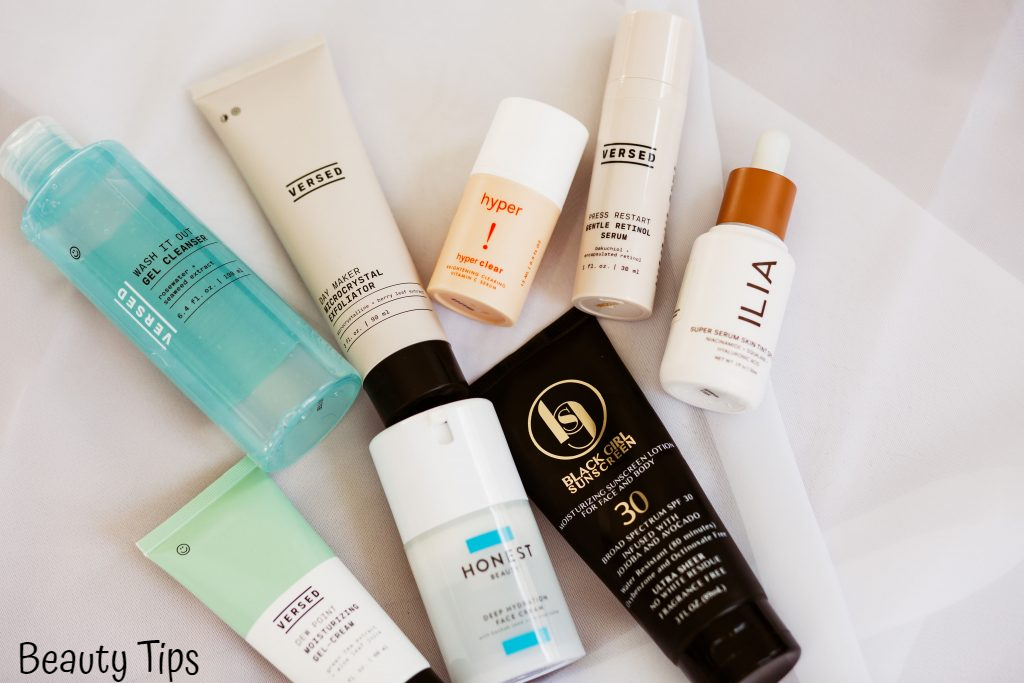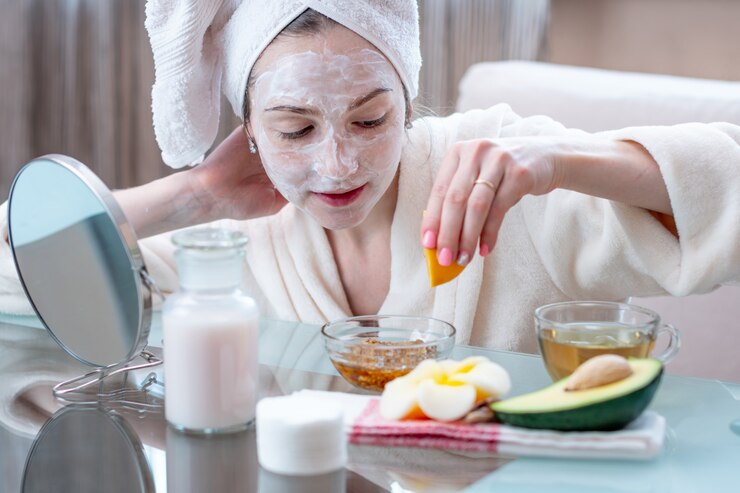Skin Cycling: Maximizing Your Skincare Routine for Optimal Results
In the world of skincare, achieving healthy, radiant skin requires more than just using the right products. The concept of skin cycling, a method of rotating skincare products and treatments, has gained popularity for its ability to enhance effectiveness and prevent overuse. By strategically alternating your skincare routine, you can address multiple skin concerns and achieve a balanced, glowing complexion. This article delves into the principles of skin cycling, its benefits, and how to incorporate it into your daily regimen.
What is Skin Cycling?
Skin cycling involves rotating different skincare products and treatments over a set period to optimize their benefits and minimize potential irritation. This approach ensures that your skin receives a variety of active ingredients without overwhelming it. By cycling products, you allow your skin to adapt and respond effectively, promoting overall skin health.
The Benefits of Skin Cycling
1. Preventing Overuse and Irritation
Using potent active ingredients continuously can lead to skin irritation, redness, and sensitivity. Skin cycling helps prevent overuse by giving your skin time to recover and adapt to each product. This reduces the risk of adverse reactions and maintains a healthy skin barrier.
2. Enhancing Product Effectiveness
Different skincare ingredients target specific concerns. By cycling products, you ensure that your skin benefits from a range of active ingredients, enhancing the overall effectiveness of your routine. For example, using exfoliants, retinoids, and hydrating products on different days allows each ingredient to work optimally.
3. Addressing Multiple Skin Concerns
Skin cycling allows you to address various skin concerns without compromising your routine. Whether you’re targeting acne, aging, pigmentation, or hydration, rotating products helps you incorporate treatments for all concerns, promoting balanced and healthy skin.
4. Promoting Skin Health
Giving your skin a break from certain active ingredients allows it to recover and regenerate. This promotes long-term skin health, ensuring your complexion remains resilient and less prone to damage.
How to Create a Skin Cycling Routine
Creating a skin cycling routine involves strategically alternating products based on your skin’s needs. Here’s a basic guideline to get you started:
1. Determine Your Skin Concerns
Identify your primary skin concerns, such as acne, fine lines, pigmentation, or dryness. This will help you choose the right products for your skin cycling routine.
2. Choose Your Active Ingredients
Select key active ingredients that target your skin concerns. Common ingredients include:
- Exfoliants: Alpha hydroxy acids (AHAs), beta hydroxy acids (BHAs)
- Retinoids: Retinol, retinaldehyde
- Hydrators: Hyaluronic acid, glycerin
- Antioxidants: Vitamin C, niacinamide
3. Plan Your Routine
Decide on a skin cycling schedule based on your skin type and tolerance. Here’s a sample routine:
- Day 1: Exfoliation Use an exfoliant to remove dead skin cells and promote cell turnover. This prepares your skin for the next steps and enhances the absorption of other products.
- Day 2: Active Treatment Apply a retinoid or other targeted treatment. Retinoids help with collagen production, reducing fine lines, and improving skin texture.
- Day 3: Hydration and Recovery Focus on hydrating and soothing your skin. Use products with hyaluronic acid, glycerin, and calming ingredients like aloe vera or chamomile.
- Day 4: Antioxidant Protection Apply antioxidant-rich products to protect your skin from free radical damage and environmental stressors.
Repeat the cycle, adjusting the schedule based on your skin’s response. If your skin feels irritated or sensitive, extend the recovery phase by adding more hydration days.
Incorporating Skin Cycling into Your Routine
1. Cleansing
Start each day and night with a gentle cleanser to remove impurities and prepare your skin for the next steps. Choose a cleanser suitable for your skin type to maintain a balanced and clean canvas.
2. Exfoliation
On exfoliation days, use a chemical exfoliant like glycolic acid or salicylic acid. Apply it after cleansing and before other treatments. Follow the product instructions and avoid over-exfoliating to prevent irritation.
3. Retinoid Application
On treatment days, apply a retinoid or other active treatment after cleansing. Retinoids are best used at night to prevent sensitivity to sunlight. Start with a lower concentration if you’re new to retinoids and gradually increase as your skin builds tolerance.
4. Hydration
Hydration days focus on restoring moisture and calming the skin. After cleansing, apply a hydrating serum with hyaluronic acid followed by a soothing moisturizer. Look for products with ingredients like ceramides and peptides to support the skin barrier.
5. Antioxidant Protection
On antioxidant days, apply a serum with ingredients like vitamin C or niacinamide in the morning. Follow with sunscreen to protect your skin from UV damage and enhance the benefits of antioxidants.
6. Sunscreen
Regardless of your skin cycling schedule, always apply a broad-spectrum sunscreen with SPF 30 or higher every morning. Sunscreen protects your skin from UV rays and prevents premature aging.
Tips for Effective Skin Cycling
1. Start Slow
If you’re new to skin cycling, start with a simple routine and gradually introduce more products. This allows your skin to adapt and minimizes the risk of irritation.
2. Listen to Your Skin
Pay attention to how your skin responds to each product. If you notice redness, dryness, or sensitivity, adjust your routine by adding more recovery days or using gentler products.
3. Patch Test New Products
Before incorporating new products into your routine, perform a patch test to check for adverse reactions. Apply a small amount on your wrist or behind your ear and wait 24 hours to ensure compatibility.
4. Maintain Consistency
Consistency is key to seeing results with skin cycling. Stick to your routine and give your skin time to adjust and respond to the products.
5. Consult a Dermatologist
If you have specific skin concerns or conditions, consult a dermatologist for personalized advice and product recommendations. A dermatologist can help you create a tailored skin cycling routine that addresses your unique needs.
Conclusion
Skin cycling is a strategic approach to skincare that maximizes the benefits of active ingredients while minimizing irritation. By rotating products and giving your skin time to recover, you can achieve a balanced, radiant complexion. Embrace the power of skin cycling to enhance your skincare routine, address multiple skin concerns, and promote long-term skin health. With consistency and the right products, you’ll be on your way to achieving optimal skin results.
